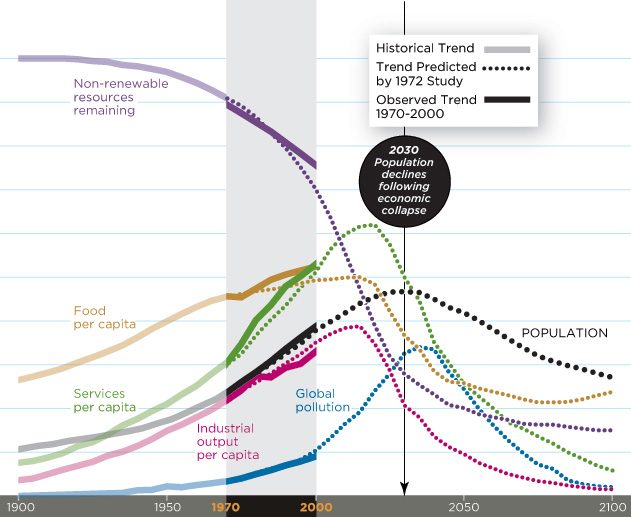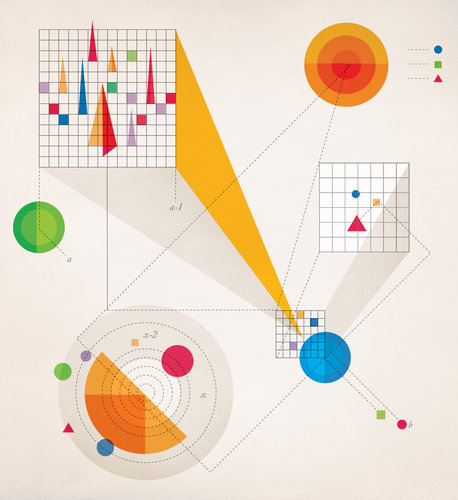You are here
Sat, 2011-06-18 01:22 — mdmcdonald
The Geospatial Intelligence and Visual Analytics working group is focused on advances in geospatial intelligence and visual analytics.
The mission of the Geospatial Intelligence and Visual Analytics working group is to focus on how advances in geospatial intelligence and visual analytics are shaping how intelligent social networks collectively address risk, vulnerability, and resilience.
Add Content to this group
Members
| bevcorwin | Craig Vanderwagen | drvroeg | efrost | Eric Kutner | George Bressler |
| Jeff Kutner | Kathy Gilbeaux | Katie Rast | Laurie Van Leuven | Maeryn Obley | mdmcdonald |
| Michael Gresalfi |
Email address for group
geospatial-intelligence-and-visual-analytics@m.resiliencesystem.org






 Image/Chad Hagen - The New York Times Company
Image/Chad Hagen - The New York Times Company
Recent Comments